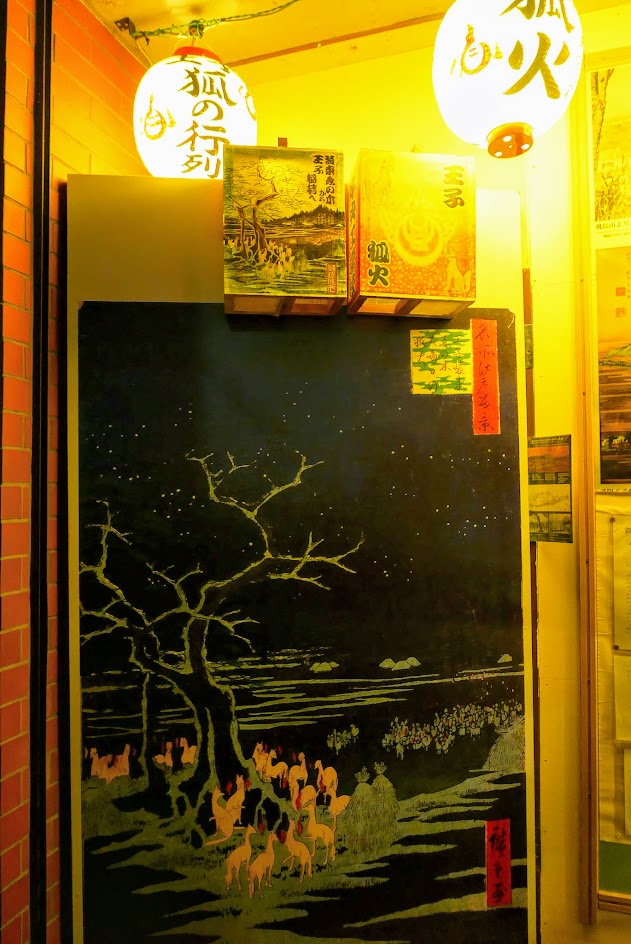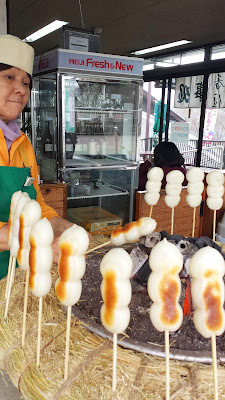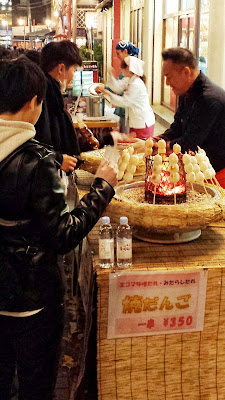Last year in December 2015, we spent Christmas and New Year’s in Japan. I’ve already covered previously some of the amazing Winter Illuminations that you can see during the winter season and that they have the lights not just for the December timed holidays. I also recommended that the winter season is a great time to visit the snow monkeys in the hot springs, and since winter is more clear a perfect time to stay at an onsen with a view of Mt Fuji. If you are there specifically during New Year’s time, I want to now add the recommendation of checking out a unique New Year’s Eve in Japan event of the Oji Fox Parade.
Unlike in the United States and many other countries, New Year’s Eve in Japan is not celebrated with big parties and fireworks and midnight kisses. You can find some parties at establishments that cater more to foreigners – for instance we stopped by a beer bar seemed to have a lot of expats and English speakers. Goodbeer Faucets, located only a few blocks away from Shibuya station in Tokyo, usually is already a fun visit with their 40 taps of beer. For New Year’s Eve, they were hosting a Drink It All Party where as their taps started to kick (aka become empty of that beer) the cost of all beer overall that evening would decrease. Pretty fun idea for a bar party.


New Year’s time in Japan is one of the most important holidays of the year. It’s seen as a time to prepare a fresh clean start, and time to be with family. On New Year’s Day itself, millions visit the shrines to pray for luck and a good new year. For some that may include lining up on New Year’s Eve not to party, but to just stand in line to await visiting the shrine as soon as it turns midnight.
In Tokyo, there is an area called Oji (serviced by a conveniently named Oji Station). According to a local folk tale, foxes gather in this Oji area from all over Japan on New Year’s Eve, disguised in human costume, to visit a shrine located here called Oji Inari-jinja Shrine. There is a famous piece of art by Utagawa Hiroshige during the 1797–1858 Edo period depicting this event. It shows the foxes (kitsune) gathering at a tree on New Year’s Eve to pay homage to Inari, Shinto god of the rice field, for whom the fox serves as messenger. On the way, the foxes have set a number of kitsunebi (foxfires), which farmers count to predict the upcoming rice harvest. You may see versions of the art around the area like we did.


New Year’s Eve Foxfires at the Changing Tree, Ōji by artist Utagawa Hiroshige
Every year on New Year’s Eve, a Oji Kitsune-no-gyorestu Fox Parade is held that goes from Shozoku Inari-Jinja Shrine and Oji Inari-Jinja Shrine.


Doll version of the Oji Kitsune-no-gyorestu Fox Parade displayed by Oji Station
















